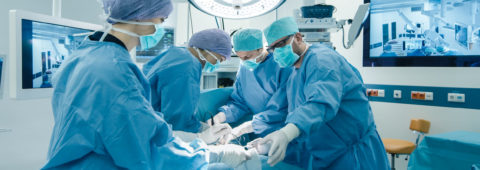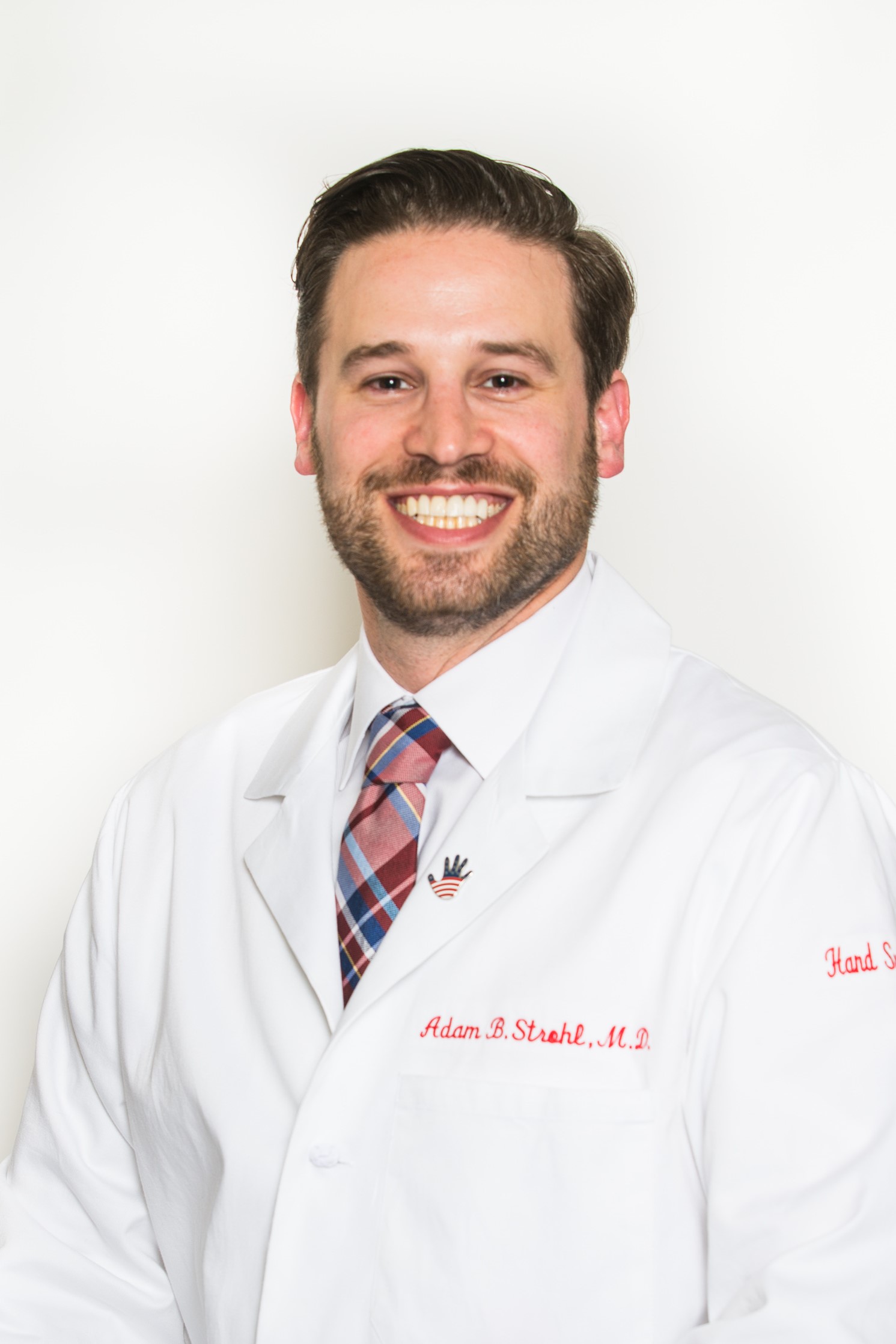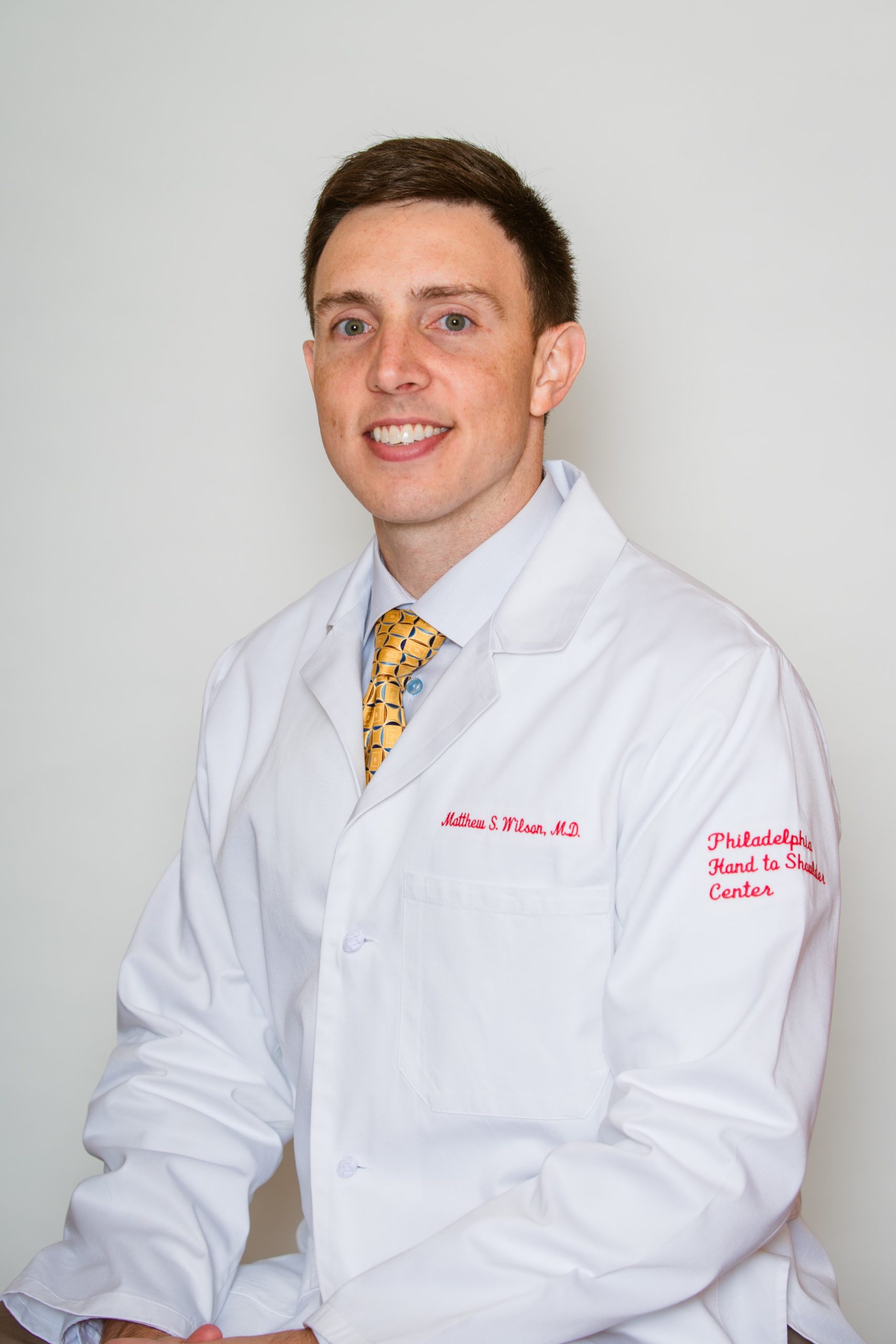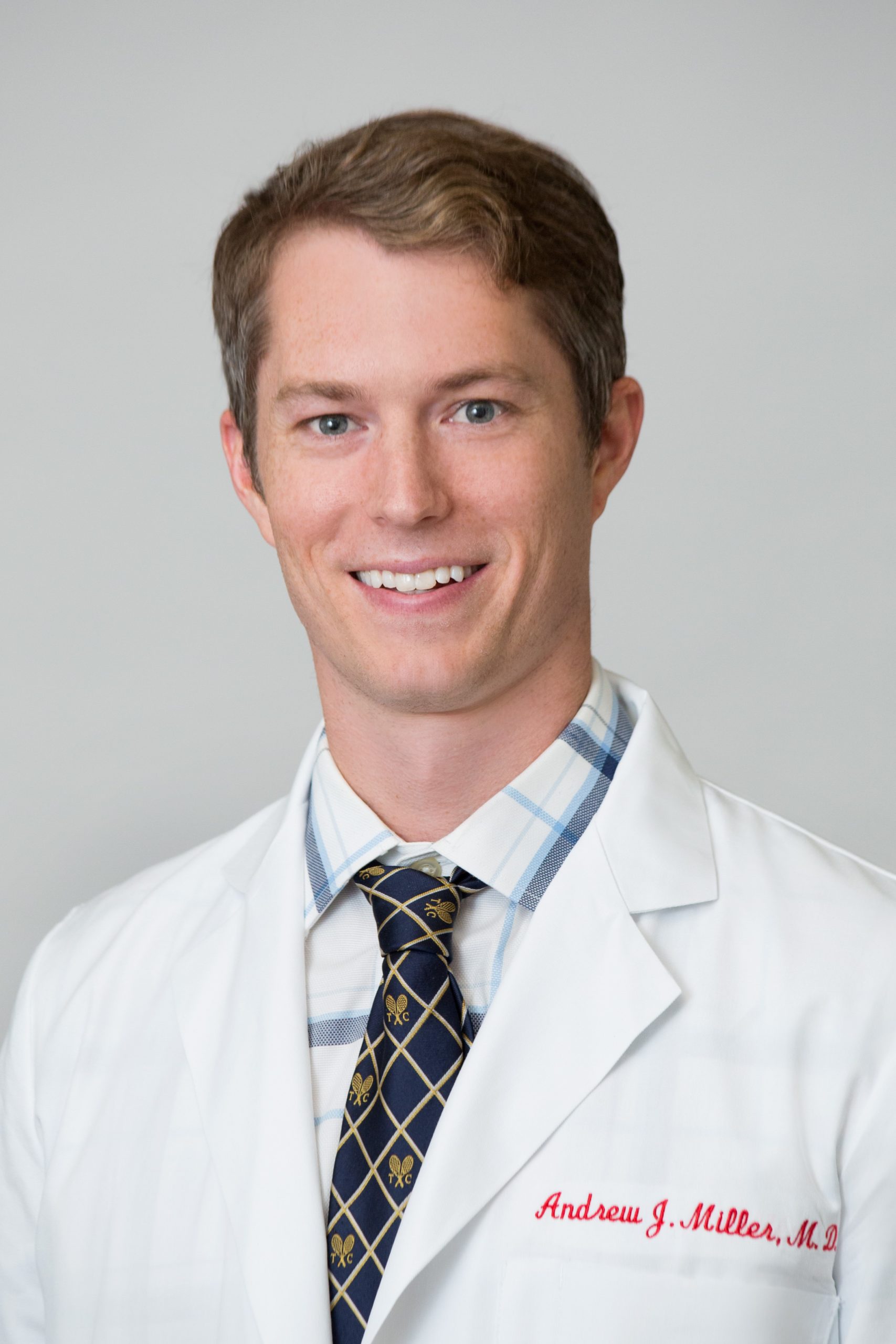Advanced Limb Restoration Services in the Greater Philadelphia Area
Losing a limb changes life in ways most people never imagined. Simple tasks become daily challenges, and the frustration of limited mobility can feel overwhelming. For these reasons, the right restoration solutions give more than just function back — they restore confidence, independence, and the ability to live fully again.
Drawing on the latest innovative clinical and surgical techniques, the internationally-renowned team of the Limb Restoration Clinic (LRC) at Philadelphia Hand to Shoulder Center treats all complex conditions that limit limb function resulting from congenital disorders, disease, or traumatic injuries, including:
- Peripheral Nerve Injuries
- Neuroma/Nerve Pain
- Brachial Plexus Injury (Birth and Traumatic)
- Parsonage-Turner Syndrome
- Guillain-Barre Syndrome
- Thoracic Outlet Syndrome (TOS)
- Spinal Cord Injuries (SCI)
- Transverse and Acute Flaccid Myelitis (AFM)
- Stroke
- Traumatic Brain Injuries (TBI)
- Cerebral Palsy (CP)
- Multiple Sclerosis (MS)
- Amputations of the Upper and Lower Limb
- Congenital Limb Deficiencies
- Cancer / Tumors
- Arthrogryposis
Every person’s journey looks different, and our team works closely to design solutions that feel natural, comfortable, and empowering. Contact us today for more about our limb salvage procedures in Greater Philadelphia or to schedule a consultation!

Send Correspondence to:
Philadelphia Hand to Shoulder Center
ATTN: Limb Restoration Clinic
834 Chestnut Street, Suite G114
Philadelphia, PA 19107
Limb Restoration Clinic Featured in Main Line Chronicles and Delco Magazine
Advanced Techniques That Power Our Limb Restoration Program in Philadelphia
Restoration of Nerve Function
Revitalizing nerve function during limb reconstruction relies on advanced surgical techniques that are designed to rebuild movement, sensation, and strength. For example, nerve repair and grafting reconnect damaged pathways, allowing signals to travel properly and promote healing. When direct repair isn’t possible, nerve transfers reroute functional nerves to restore essential movements. Tendon and muscle transfers step in to support weakened or paralyzed areas, helping the body regain control and coordination.
In cases where nerve damage causes chronic pain, neuroma excision removes scarred nerve tissue, preventing discomfort and improving mobility. For severe injuries, microvascular free functional muscle transfers (FFMT) transplant healthy, vascularized muscle from another area of the body to restore lost function. Nerve releases and decompression relieve pressure on compressed nerves, easing pain and enhancing overall function. By combining these techniques, limb restoration surgery not only repairs nerve damage but also helps individuals regain independence and improve their quality of life.
Restoration of Limb Deficiencies
Restoring limb deficiencies hinges on a combination of strategies that improve comfort, function, and mobility. Targeted Muscle Reinnervation (TMR) redirects nerves from the amputated limb to the remaining muscles, enhancing prosthetic control while reducing phantom limb pain.
The Starfish Procedure reshapes and stabilizes soft tissue, creating a smoother, more structured limb that improves prosthetic fit. Osseointegration surgery eliminates the need for traditional sockets by directly anchoring a prosthetic to the bone, increasing stability and range of motion. Limb contouring further refines the shape of the limb, ensuring greater comfort and a more natural appearance.
Together, these techniques provide a comprehensive approach to limb restoration, enhancing both physical capability and long-term well-being.
Restoration of Joint and Body Injuries
Regaining function and mobility after severe joint and limb injuries demands a methodical approach that balances structural integrity with long-term durability. Bone transport, for example, uses the body's natural healing response to gradually regenerate bone by stretching existing tissue, filling in gaps left by trauma or disease.
Endoprosthetics provide an alternative when bone loss is too extensive for natural regeneration, using custom implants that restore stability and movement while integrating with surrounding structures. Microvascular free tissue transfer, including bone-containing free flaps, allows our orthopedic surgeons to transplant living tissue from one area of the body to another, ensuring proper blood supply and promoting seamless healing.
These techniques work in tandem, much like your limbs and joints themselves, to address complex limb injuries, helping patients like you regain strength, mobility, and confidence in their daily lives.
Restoration of Limb Defects
Repairing limb function and appearance after trauma, cancer, or chronic wounds requires an approach that integrates specialized procedures aimed at preserving as much natural tissue as possible while promoting lifelong healing.
Limb salvage procedures focus on maintaining stability and function, often incorporating Microvascular Free Tissue Transfer, or free flaps, to replace missing skin and soft tissue with healthy tissue from another part of the body. Scar revision, including autologous fat grafting, helps improve both aesthetics and mobility by softening rigid scars and restoring volume loss.
For patients with soft tissue defects caused by sarcoma, bone cancer, or other malignancies, orthopedic limb reconstruction plays a crucial role in recovery, supporting both physical healing and overall well-being. Chronic, nonhealing wounds — whether due to infection, poor circulation, or post-radiation damage — require specialized care to prevent complications and encourage proper tissue regeneration.
By integrating these approaches, our limb restoration techniques enable patients to improve joint and limb function and comfort.

Accomplishments of the LRC Team Members in Philadelphia
- Surgical team leader for the first pediatric hand transplant
- Received $750,000 in research grants
- Developed several complex surgical techniques
- Taught multiple surgical courses on nerve and soft tissue flap reconstructions
- Secured 10 medical device patents with several others patent-pending
- Presented more than 100 research projects at national and international meetings
- Published more than 100 peer-reviewed scientific articles
- Authored more than 60 textbook chapters and edited two textbooks
- Organized more than 20 national and international conferences
- Founded 4 professional societies, including Plexus Nexus
- Led 4 outreach medical missions to Africa, Latin America, Vietnam, and the Dominican Republic
- Presented more than 150 lectures around the world, including Europe, Asia, Africa, and Latin America

Team Approach to Individualized Care
Our team can help restore and improve limb function in patients with devastating injuries and untreated or undertreated conditions by using internationally recognized technology and the latest surgical techniques. Our approach brings together renowned orthopedic and plastic surgeons, occupational therapists, and prosthetists who specialize in nerve, bone, and soft-tissue conditions to evaluate each patient and develop a personalized and comprehensive plan to minimize pain and discomfort and optimize function.
Read More
Plastic Surgery vs. Vascular Surgery in Limb Restoration
Plastic surgery and vascular surgery serve distinct roles in limb restoration, addressing different aspects of reconstruction and function. Plastic surgery, for example, focuses on restoring form, coverage, and aesthetics by using skin grafts, tissue flaps, and microsurgical techniques to repair soft tissue damage, close wounds, and improve mobility. Vascular surgery focuses on restoring blood flow by repairing or bypassing damaged arteries and veins, ensuring adequate circulation for healing and long-term limb viability.
Successful limb restoration often requires a multidisciplinary approach, where our plastic surgeons and vascular surgeons collaborate to optimize both structural integrity and blood supply, reducing the risk of complications and enhancing overall outcomes.
What Limb Deformities Require Orthopedic Limb Restoration in Philadelphia?
Limb deformities that require orthopedic limb restoration include congenital abnormalities, traumatic injuries, and conditions caused by infectious diseases:
- When severe bowing, limb length discrepancies, or angular deformities develop, for example, mobility and function often become compromised. This makes surgical intervention necessary.
- Fractures that heal incorrectly can also lead to malunions, which may require realignment to restore proper structure and movement.
- In children, growth plate disturbances can result in progressive deformities that worsen without early treatment.
- Joint contractures, often caused by neurological conditions or scar tissue buildup, may further restrict movement and limit daily activities.

Schedule Limb Restoration Surgery in Philadelphia With Our Team Today
For top-notch surgical care regarding limb loss or deformity correction, turn to the Philadelphia Hand to Shoulder Center. Our compassionate team will develop a personalized treatment plan for you so you can regain your independence. Contact us today and see the difference our rehabilitative care can make in your life.
In addition to limb restoration, we also provide hand and wrist solutions, arm care, physical therapy, and much more at our many locations.






